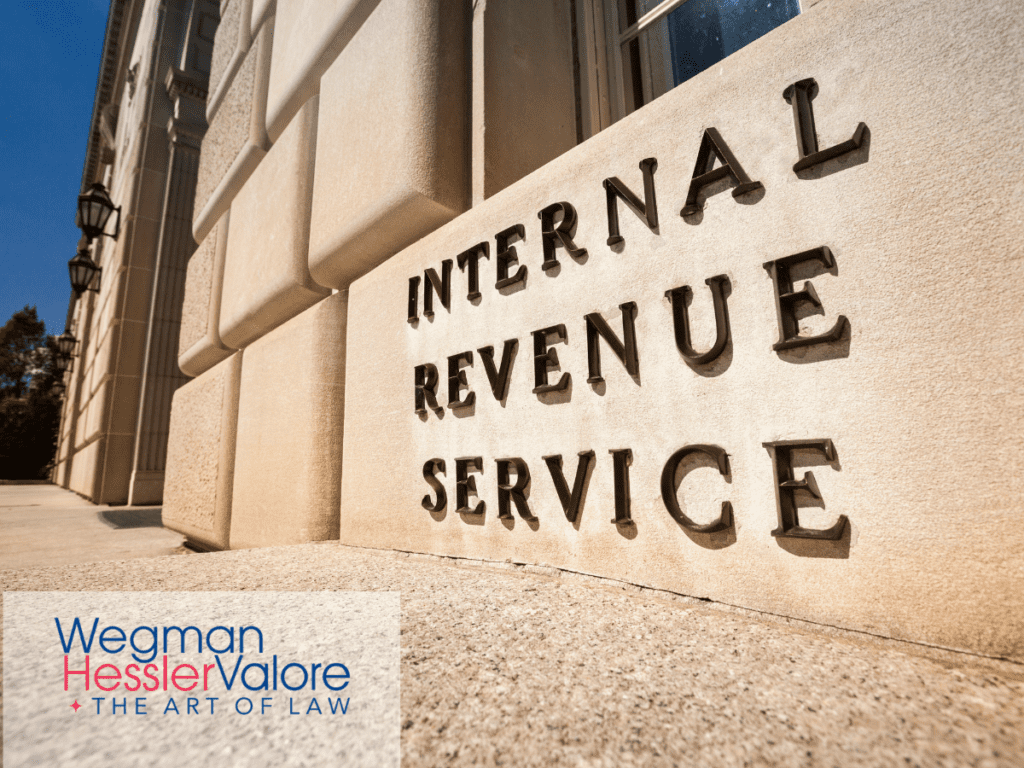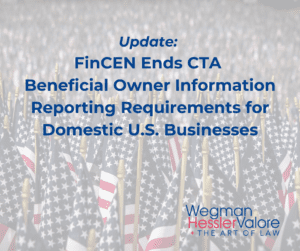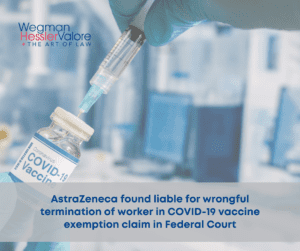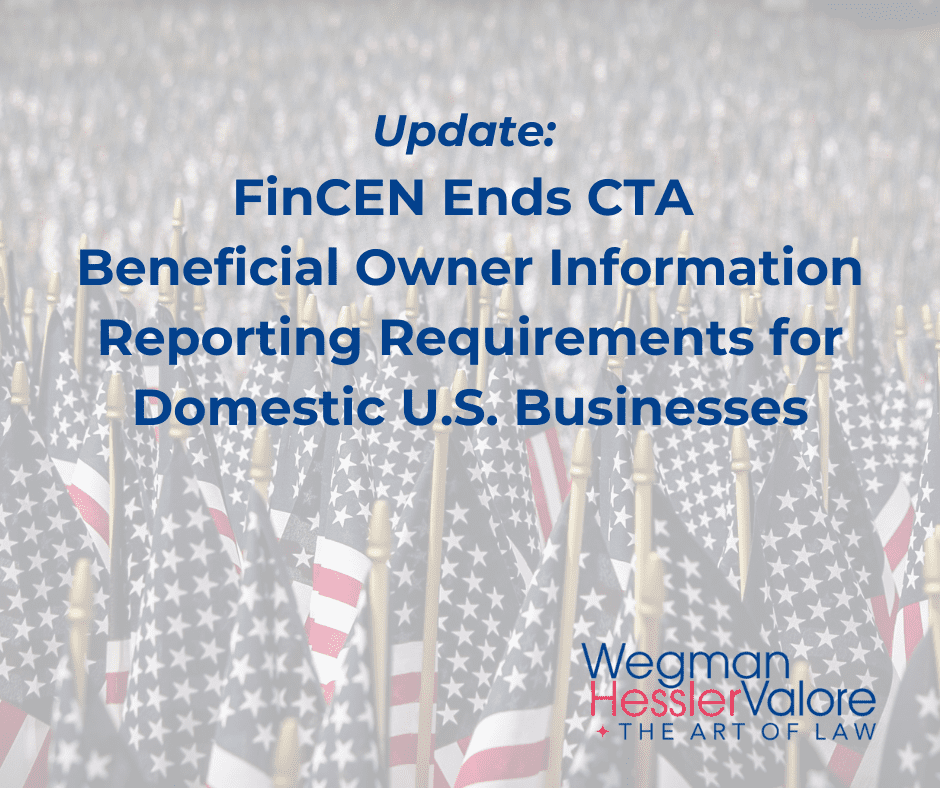IRS Halts ERC Claims Due to Dubious Submissions

Worried About Your ERC Claim? Here’s What You Can Do
As a small business owner, you may have come across the Employee Retention Credit (ERC) program offered by the Internal Revenue Service (IRS) as a way to help your business during the pandemic. However, if you used an ERC promoter or marketer to assist with filing your claim and now have concerns about its accuracy, you are not alone. In this article, we will discuss why the IRS halts ERC claims and the details of the special withdrawal process offered by the IRS to help those who filed an ERC claim and are worried about its legitimacy.
On September 14, 2023, the Internal Revenue Service (IRS) halted the processing of new Employee Retention Credit (ERC) claims due to a surge in dubious submissions. Although this moratorium will slow down the processing of existing claims, the IRS remains committed to thoroughly examining each claim.
The Employee Retention Credit (ERC) is a refundable tax credit designed for businesses that continued paying employees during the COVID-19 pandemic while their business operations were fully or partially suspended due to a government order or they had a significant decline in gross receipts during the eligibility periods. The credit is not available to individuals.
The IRS has implemented additional safeguards to prevent fraudulent claims and warns employers to be cautious of scam promotions. The IRS advises employers to avoid unsolicited ads, large upfront fees, and promises of ERC eligibility within minutes. The IRS recommends working with a trusted tax professional to ensure proper compliance with ERC requirements.
The moratorium on processing new ERC claims is set to last through at least December 31, 2023. Claims that were submitted before September 14 will continue to be processed, albeit at a slower pace due to increased scrutiny and audit work.
The IRS is also finalizing a repayment settlement program for businesses that received improper ERC payments and a special withdrawal option for businesses that have filed claims but haven’t had them processed yet.
If You May Have Been Scammed
To help businesses and organizations that may have filed claims by ERC marketers and promoters, the IRS has created a new withdrawal process. This process allows certain employers who filed an ERC claim but have not yet received a refund to withdraw their submission and avoid future repayment, interest, and penalties. Additionally, employers who submitted an ERC claim that is still being processed can withdraw their claim and avoid the possibility of getting a refund for which they are ineligible.
Employers can use the ERC claim withdrawal process if all of the following apply:
- They made the claim on an adjusted employment return (Forms 941-X, 943-X, 944-X, CT-1X).
- They filed the adjusted return only to claim the ERC, and they made no other adjustments.
- They want to withdraw the entire amount of their ERC claim.
- The IRS has not paid their claim, or the IRS has paid the claim, but they haven’t cashed or deposited the refund check.
How to Withdraw Your ERC Claim
To take advantage of the claim withdrawal procedure, taxpayers should follow the special instructions at IRS.gov/withdrawmyerc, which are summarized below:
- If a professional payroll company filed an ERC claim on behalf of the taxpayer, they should consult with the payroll company. The payroll company may need to submit the withdrawal request for the taxpayer, depending on whether the taxpayer’s ERC claim was filed individually or batched with others.
- Taxpayers who filed their ERC claims themselves, have not received, cashed, or deposited a refund check, and have not been notified their claim is under audit should fax withdrawal requests to the IRS using a computer or mobile device. The IRS has set up a special fax line to receive withdrawal requests, which enables the agency to stop processing before the refund is approved. Those who are unable to fax their withdrawal using a computer or mobile device can mail their request, but this will take longer for the IRS to receive.
- Employers notified they are under audit can send the withdrawal request to the assigned examiner or respond to the audit notice if no examiner has been assigned.
- Those who received a refund check, but have not cashed or deposited it, can still withdraw their claim. They should mail the voided check with their withdrawal request using the instructions at IRS.gov/withdrawmyerc.
Here is a link to the IRS worksheet to see if your business qualifies for ERC money:
Publication 5887 (11-2023) (irs.gov).
With the IRS’s new withdrawal process, business owners who have concerns about the accuracy of their existing ERC claim can withdraw their submission and avoid future repayment, interest, and penalties. If you have questions about whether to withdraw your claim or how to do it, consult with a trusted tax professional for assistance. If you believe you may have been scammed or wish to discuss your unique situation, contact the business lawyers at Wegman Hessler Valore. Stay informed and protect your business from potential scams or fraudulent activities related to the ERC program money. Schedule time with us to learn more.
Wegman Hessler Valore specializes in business law for business leaders, applying legal discipline to solve business problems to help business owners run smarter. For more than 50 years, this Cleveland business law firm provides full-service strategic legal counsel for closely held businesses. Learn more at www.wegmanlaw.com.






